Andy Nguyen
Artificial intelligence application in lymphoma diagnosis: from Convolutional Neural Network to Vision Transformer
Apr 05, 2025Abstract:Recently, vision transformers were shown to be capable of outperforming convolutional neural networks when pretrained on sufficiently large datasets. Vision transformer models show good accuracy on large scale datasets, with features of multi-modal training. Due to their promising feature detection, we aim to explore vision transformer models for diagnosis of anaplastic large cell lymphoma versus classical Hodgkin lymphoma using pathology whole slide images of HE slides. We compared the classification performance of the vision transformer to our previously designed convolutional neural network on the same dataset. The dataset includes whole slide images of HE slides for 20 cases, including 10 cases in each diagnostic category. From each whole slide image, 60 image patches having size of 100 by 100 pixels and at magnification of 20 were obtained to yield 1200 image patches, from which 90 percent were used for training, 9 percent for validation, and 10 percent for testing. The test results from the convolutional neural network model had previously shown an excellent diagnostic accuracy of 100 percent. The test results from the vision transformer model also showed a comparable accuracy at 100 percent. To the best of the authors' knowledge, this is the first direct comparison of predictive performance between a vision transformer model and a convolutional neural network model using the same dataset of lymphoma. Overall, convolutional neural network has a more mature architecture than vision transformer and is usually the best choice when large scale pretraining is not an available option. Nevertheless, our current study shows comparable and excellent accuracy of vision transformer compared to that of convolutional neural network even with a relatively small dataset of anaplastic large cell lymphoma and classical Hodgkin lymphoma.
Safe Reference Tracking and Collision Avoidance for Taxiing Aircraft Using an MPC-CBF Framework
Oct 04, 2024Abstract:In this paper, we develop a framework for the automatic taxiing of aircraft between hangar and take-off given a graph-based model of an airport. We implement a high-level path-planning algorithm that models taxiway intersections as nodes in an undirected graph, algorithmically constructs a directed graph according to the physical limitations of the aircraft, and finds the shortest valid taxi path through the directed graph using Dijkstra's algorithm. We then use this shortest path to construct a reference trajectory for the aircraft to follow that considers the turning capabilities of a given aircraft. Using high-order control barrier functions (HOCBFs), we construct safety conditions for multi-obstacle avoidance and safe reference tracking for simple 2D unicycle dynamics with acceleration control inputs. We then use these safety conditions to design an MPC-CBF framework that tracks the reference trajectory while adhering to the safety constraints. We compare the performance of our MPC-CBF controller with a PID-CBF control method via simulations.
EvoSTS Forecasting: Evolutionary Sparse Time-Series Forecasting
Apr 14, 2022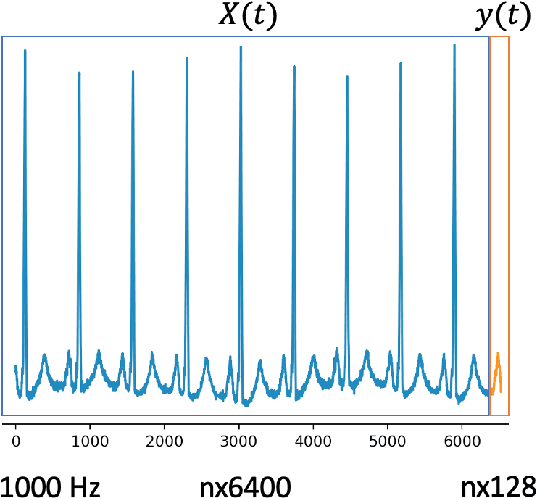
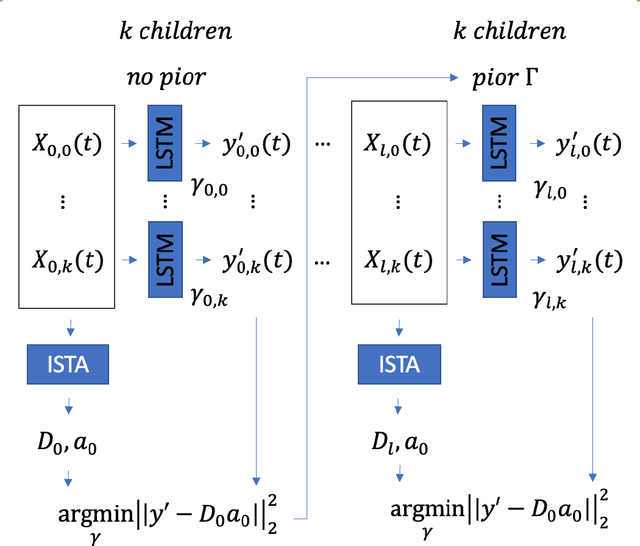


Abstract:In this work, we highlight our novel evolutionary sparse time-series forecasting algorithm also known as EvoSTS. The algorithm attempts to evolutionary prioritize weights of Long Short-Term Memory (LSTM) Network that best minimize the reconstruction loss of a predicted signal using a learned sparse coded dictionary. In each generation of our evolutionary algorithm, a set number of children with the same initial weights are spawned. Each child undergoes a training step and adjusts their weights on the same data. Due to stochastic back-propagation, the set of children has a variety of weights with different levels of performance. The weights that best minimize the reconstruction loss with a given signal dictionary are passed to the next generation. The predictions from the best-performing weights of the first and last generation are compared. We found improvements while comparing the weights of these two generations. However, due to several confounding parameters and hyperparameter limitations, some of the weights had negligible improvements. To the best of our knowledge, this is the first attempt to use sparse coding in this way to optimize time series forecasting model weights, such as those of an LSTM network.
A Novel Approach for Deterioration and Damage Identification in Building Structures Based on Stockwell-Transform and Deep Convolutional Neural Network
Nov 16, 2021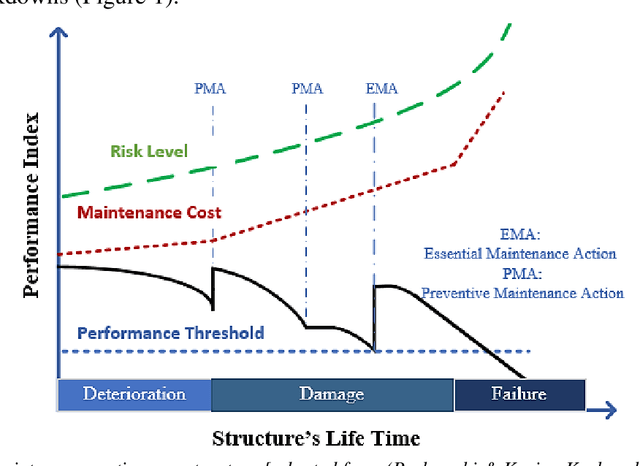

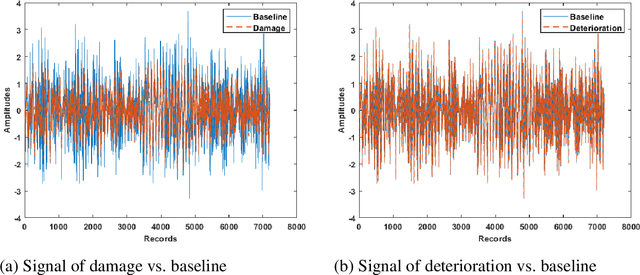
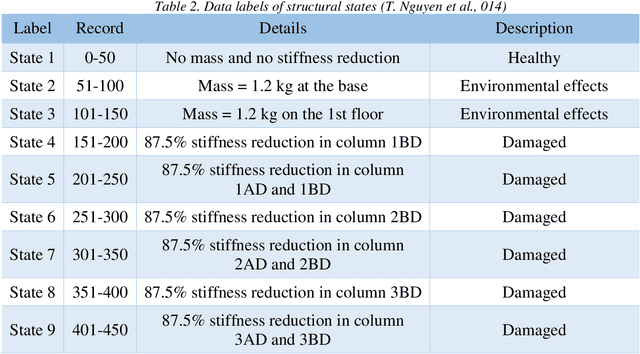
Abstract:In this paper, a novel deterioration and damage identification procedure (DIP) is presented and applied to building models. The challenge associated with applications on these types of structures is related to the strong correlation of responses, which gets further complicated when coping with real ambient vibrations with high levels of noise. Thus, a DIP is designed utilizing low-cost ambient vibrations to analyze the acceleration responses using the Stockwell transform (ST) to generate spectrograms. Subsequently, the ST outputs become the input of two series of Convolutional Neural Networks (CNNs) established for identifying deterioration and damage to the building models. To the best of our knowledge, this is the first time that both damage and deterioration are evaluated on building models through a combination of ST and CNN with high accuracy.
Influence of image noise on crack detection performance of deep convolutional neural networks
Nov 03, 2021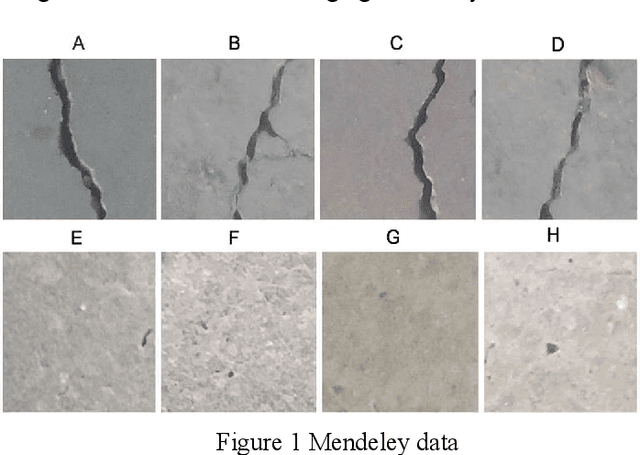

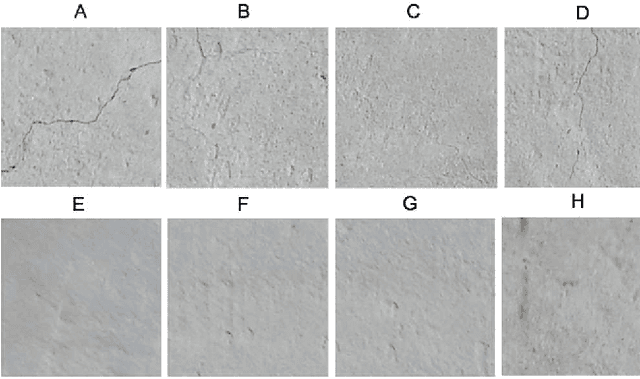
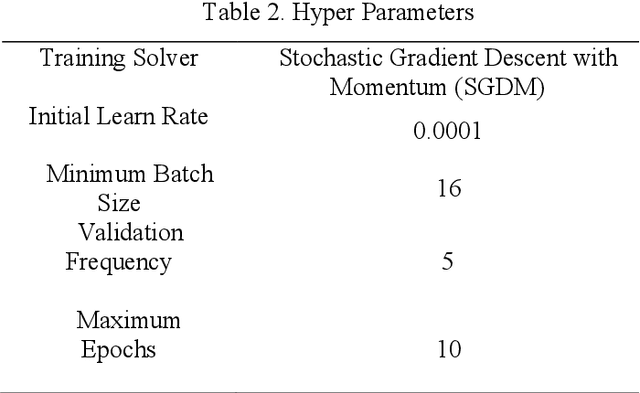
Abstract:Development of deep learning techniques to analyse image data is an expansive and emerging field. The benefits of tracking, identifying, measuring, and sorting features of interest from image data has endless applications for saving cost, time, and improving safety. Much research has been conducted on classifying cracks from image data using deep convolutional neural networks; however, minimal research has been conducted to study the efficacy of network performance when noisy images are used. This paper will address the problem and is dedicated to investigating the influence of image noise on network accuracy. The methods used incorporate a benchmark image data set, which is purposely deteriorated with two types of noise, followed by treatment with image enhancement pre-processing techniques. These images, including their native counterparts, are then used to train and validate two different networks to study the differences in accuracy and performance. Results from this research reveal that noisy images have a moderate to high impact on the network's capability to accurately classify images despite the application of image pre-processing. A new index has been developed for finding the most efficient method for classification in terms of computation timing and accuracy. Consequently, AlexNet was selected as the most efficient model based on the proposed index.
* 8 pages, 16 figures, 4 tables
Application of 2-D Convolutional Neural Networks for Damage Detection in Steel Frame Structures
Oct 29, 2021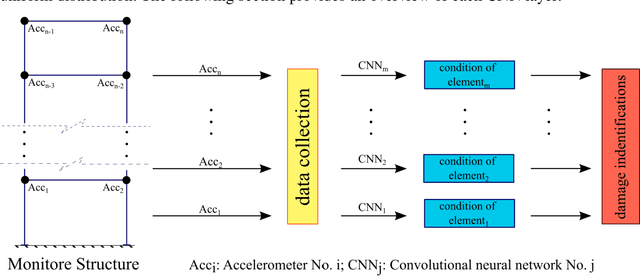


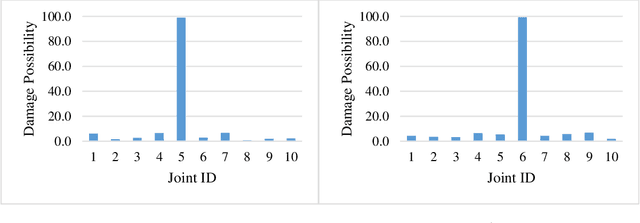
Abstract:In this paper, we present an application of 2-D convolutional neural networks (2-D CNNs) designed to perform both feature extraction and classification stages as a single organism to solve the highlighted problems. The method uses a network of lighted CNNs instead of deep and takes raw acceleration signals as input. Using lighted CNNs, in which every one of them is optimized for a specific element, increases the accuracy and makes the network faster to perform. Also, a new framework is proposed for decreasing the data required in the training phase. We verified our method on Qatar University Grandstand Simulator (QUGS) benchmark data provided by Structural Dynamics Team. The results showed improved accuracy over other methods, and running time was adequate for real-time applications.
Learning Program Embeddings to Propagate Feedback on Student Code
May 22, 2015



Abstract:Providing feedback, both assessing final work and giving hints to stuck students, is difficult for open-ended assignments in massive online classes which can range from thousands to millions of students. We introduce a neural network method to encode programs as a linear mapping from an embedded precondition space to an embedded postcondition space and propose an algorithm for feedback at scale using these linear maps as features. We apply our algorithm to assessments from the Code.org Hour of Code and Stanford University's CS1 course, where we propagate human comments on student assignments to orders of magnitude more submissions.
 Add to Chrome
Add to Chrome Add to Firefox
Add to Firefox Add to Edge
Add to Edge